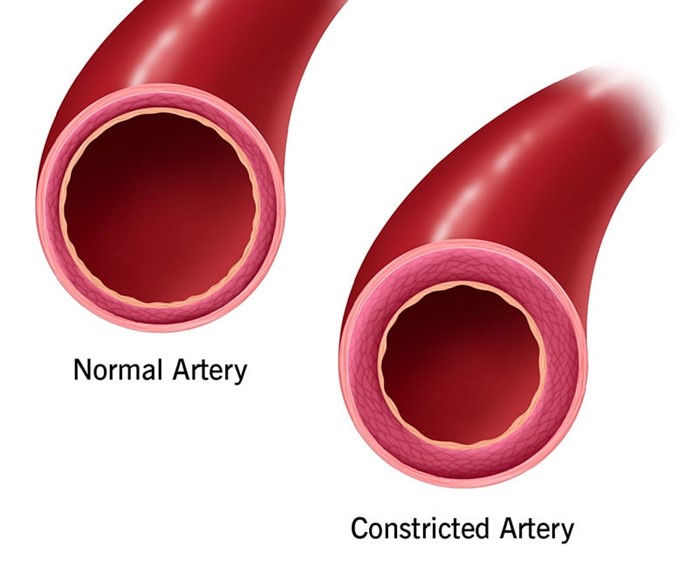An unlicensed assistive personnel (UAP) leaves the unit without notifying the staff. In which order should the unit manager implement these interventions to address the UAP's behavior? (Place the actions in order from first on top to last on bottom.)
Discuss the issue privately with the UAP.
Note date and time of the behavior.
Plan for scheduled break times.
Evaluate the UAP for signs of improvement.
The Correct Answer is B,A,C,D
The correct order is:
- Note date and time of the behavior.
- Discuss the issue privately with the UAP.
- Plan for scheduled break times.
- Evaluate the UAP for signs of improvement.
Here are the reasons for this order:
- Note date and time of the behavior. This should be done first, as it can provide objective evidence of the UAP's behavior and its impact on patient care and staff workload. The unit manager should document any incidents or complaints related to the UAP's behavior in a factual manner.
- Discuss the issue privately with the UAP. This should be done second, as it can provide an opportunity for feedback and clarification. The unit manager should use a respectful and professional tone, and explain how the UAP's behavior affects patient safety and staff morale. The unit manager should also listen to any concerns or challenges that the UAP may have, and offer support or guidance as needed.
- Plan for scheduled break times. This should be done third, as it can provide a solution or prevention strategy for future occurrences. The unit manager should work with the UAP and other staff members to ensure that there are adequate breaks and coverage for patient care. The unit manager should also review any policies or procedures related to break times and staff attendance.
- Evaluate the UAP for signs of improvement. This should be done last, as it can provide a measure of effectiveness and accountability. The unit manager should monitor and document any changes in the UAP's behavior, performance, or attitude. The unit manager should also provide positive reinforcement or corrective action as appropriate.
Nursing Test Bank
Naxlex Comprehensive Predictor Exams
Related Questions
Correct Answer is C
Explanation
Choice A reason: This is incorrect because seizure precautions are not indicated for dopamine administration. Dopamine does not lower the seizure threshold or cause convulsions.
Choice B reason: This is incorrect because monitoring serum potassium frequently is not necessary for dopamine administration. Dopamine does not affect potassium levels or cause hyperkalemia or hypokalemia.
Choice C reason: This is correct because ensuring pump accuracy to prevent toxicity is essential for dopamine administration. Dopamine is a potent vasoconstrictor that can cause tissue necrosis, gangrene, and hypertension if overdosed.
Choice D reason: Dopamine is given to hypotensive patients, meaning they may be weak, dizzy, or at risk of falls.Ambulating frequently could worsen hypotension and increase fall risk rather than help the patient. Instead, the nurse should monitor the patient’s hemodynamic status and ensure bed rest as needed until blood pressure stabilizes.

Correct Answer is C
Explanation
Choice C is correct because repositioning the infant every 2 hours can help expose different parts of the skin to the phototherapy light and increase the effectiveness of the treatment. The nurse should also check the skin for signs of irritation or burns.
Choice A is incorrect because feeding the infant every 4 hours is not specific to home phototherapy. The infant may need more frequent feedings depending on their hunger cues and weight gain.
Choice B is incorrect because performing diaper changes under the light is not necessary and may expose the infant's genitals to excessive light and heat. The nurse should advise the parents to cover the infant's eyes and genitals with protective shields during phototherapy.
Choice D is incorrect because covering the infant with a receiving blanket can reduce the exposure of the skin to the phototherapy light and decrease the effectiveness of the treatment. The nurse should advise the parents to keep the infant unclothed or only in a diaper during phototherapy.
Whether you are a student looking to ace your exams or a practicing nurse seeking to enhance your expertise , our nursing education contents will empower you with the confidence and competence to make a difference in the lives of patients and become a respected leader in the healthcare field.
Visit Naxlex, invest in your future and unlock endless possibilities with our unparalleled nursing education contents today
Report Wrong Answer on the Current Question
Do you disagree with the answer? If yes, what is your expected answer? Explain.
Kindly be descriptive with the issue you are facing.
